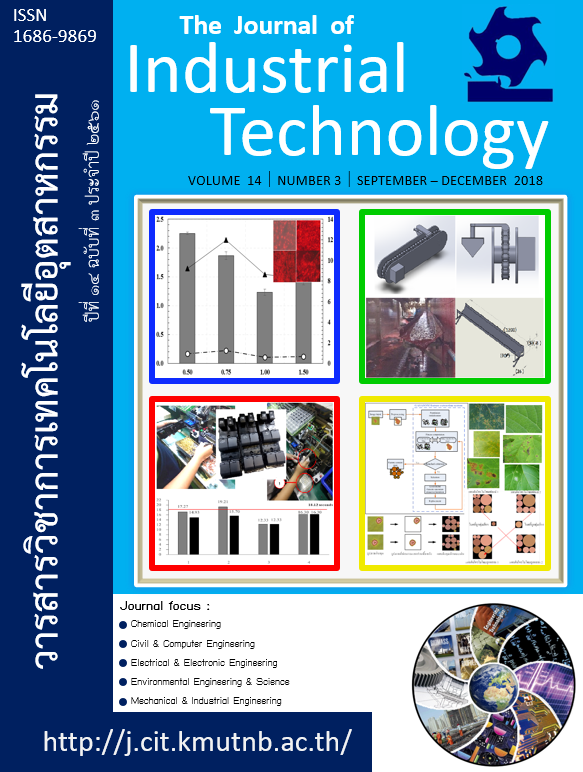(การจัดการมูลฝอยจากตลาดสดและเศษวัสดุสีเขียวภายในมหาวิทยาลัยสงขลานครินทร์ วิทยาเขตปัตตานี) (The Solid Waste Management from Fresh Market and Green Residues in Prince of Songkla University, Pattani Campus)
Keywords:
Solid waste management, Green residues, Utilization, Recycle nutrientAbstract
This research on the management of organic waste utilization into fertilizer alternation was conducted to study the management of solid waste from fresh markets and from Prince of Songkla University. The aim of this study was to analyze the physical and chemical properties of waste and residues. Findings revealed that, in Pattani Municipality fresh market, there was 2.00 tons of waste a day on average, with the density of 0.70 kilogram per cubic meter. The waste found included 1. vegetable residues (53.78%), 2. fruit residues (19.56%) and 3. paper residues (15.33%), retaining moisture of 86.78. It was also found that in the fresh market there was the waste sorting to feed animals including catfish, ducks, and goats. For the green residues on the University, they were from grass mowing, tree pruning, and landscape gardening. The average amount of the green residues is 300.00 kilograms per day. In terms of management, there were three approaches; fertilizer fermentation, waste dumping in the open space, and animals feeding. Mostly, waste dumping in the open space for natural decomposition consumed plenty of space, therefore the collecting of organic residues from two different sources to ferment together is a practical approach for organic waste management and soil fertilization production.
References
[2] B. Richter, “Knowledge and perception of food waste among German consumers”, Journal of Cleaner Production 166, 2017, pp. 641-648.
[3] F. van Holsteijn and R. Kemna, “Minimizing food waste by improving storage condition in household refrigeration”, Resource, Conservation & Recycling 128, 2018, pp. 25-31.
[4] R.T. Haug, “Compost engineering principles and practice”, Ann arbor science, Michigan. 1980.
[5] J.C. Buzby and J. Hyman, “Total and per capita value of food loss in the United State”, Food Policy 37, 2012, pp. 561-570.
[6] T. Kaewmorrakot, “Production of compost from shallot waste, bone meal and goat dung”, Master Thesis, Prince of Songkla University, Thailand, 2013. (in Thai)
[7] B. Thitanuwat, C. Polprasert and A.J. Englande Jr, “Green residues from Bangkok green space for renewable energy recovery, phosphorus recycling and greenhouse gases emission reduction”, Waste Management 61, 2017, pp. 572-581.
[8] N. Waijarean, “Composting of solid waste from fresh food market in Hat Yai city municipality, Changwat Songkhla”, Master Thesis, Prince of Songkla University, Thailand, 2010. (in Thai)
[9] K.P. Pramod, V. Venkata, C. Wenlong, B. Sagor, C. Colleen and H. Steele, “In-vessel composting system for converting food and green wastes into pathogen free soil amendment for sustainable agriculture”, Journal of Cleaner Production 139, 2016, pp. 407-415.
[10] Y. Yanan, S. Wen, G. Jie, Z. Kaiyu, Q. Xun, Z Xin, Z. Yajun, L. Yang and W. Xiaojuan, “Effects of copper on the abundance and diversity of ammonia oxidizers during dairy cattle manure composting”, Bioresource Technology 221, 2016, pp. 181-187.


